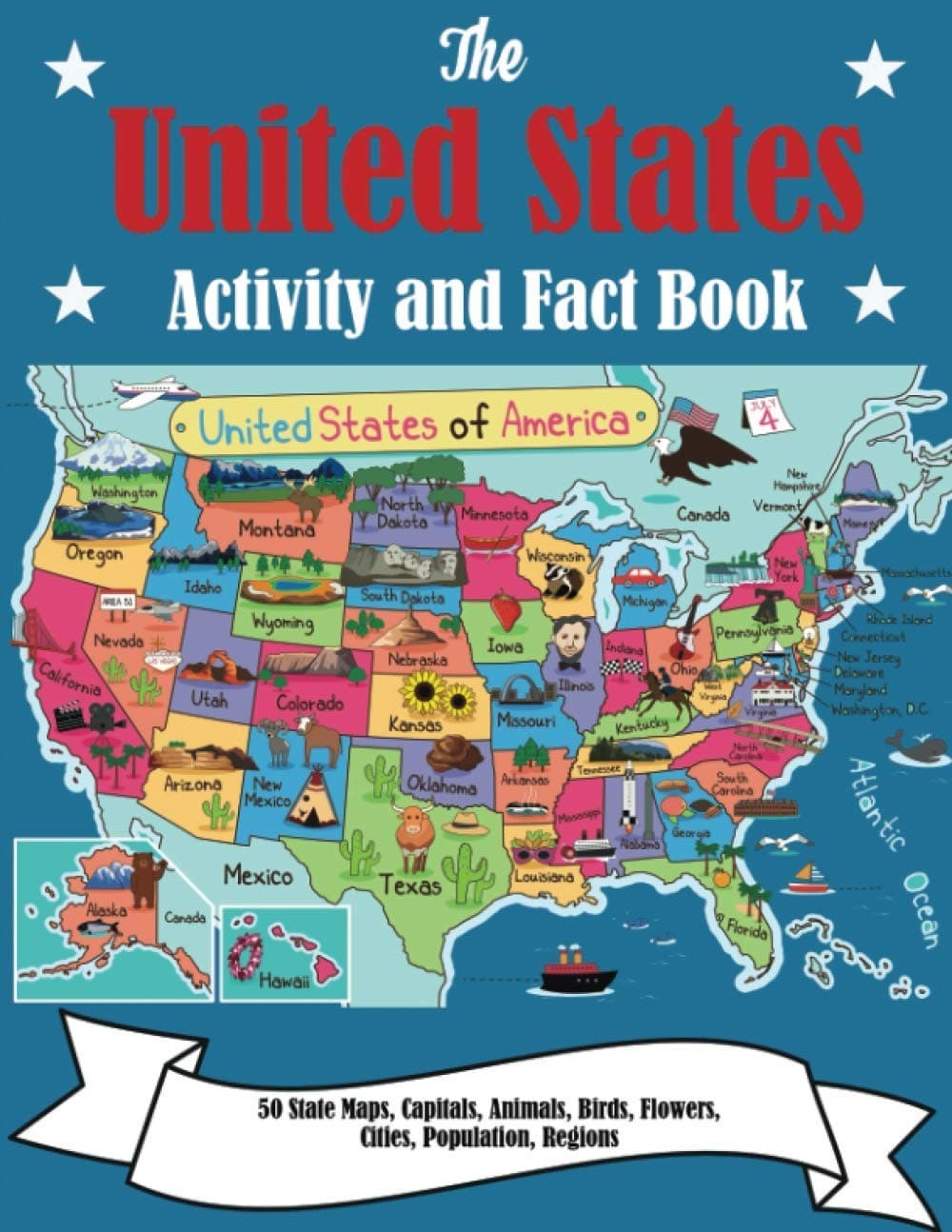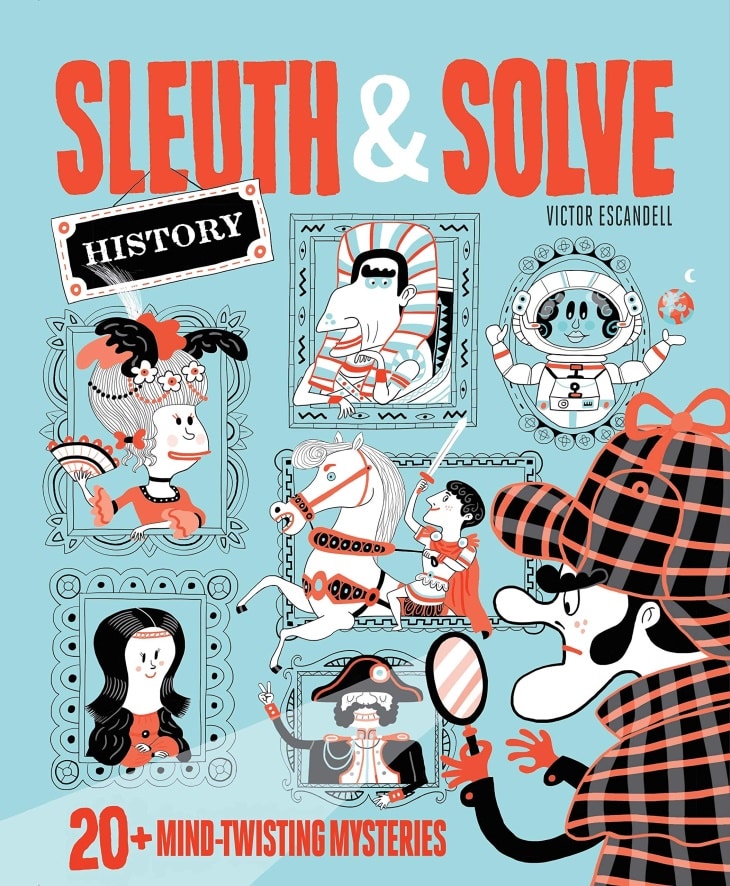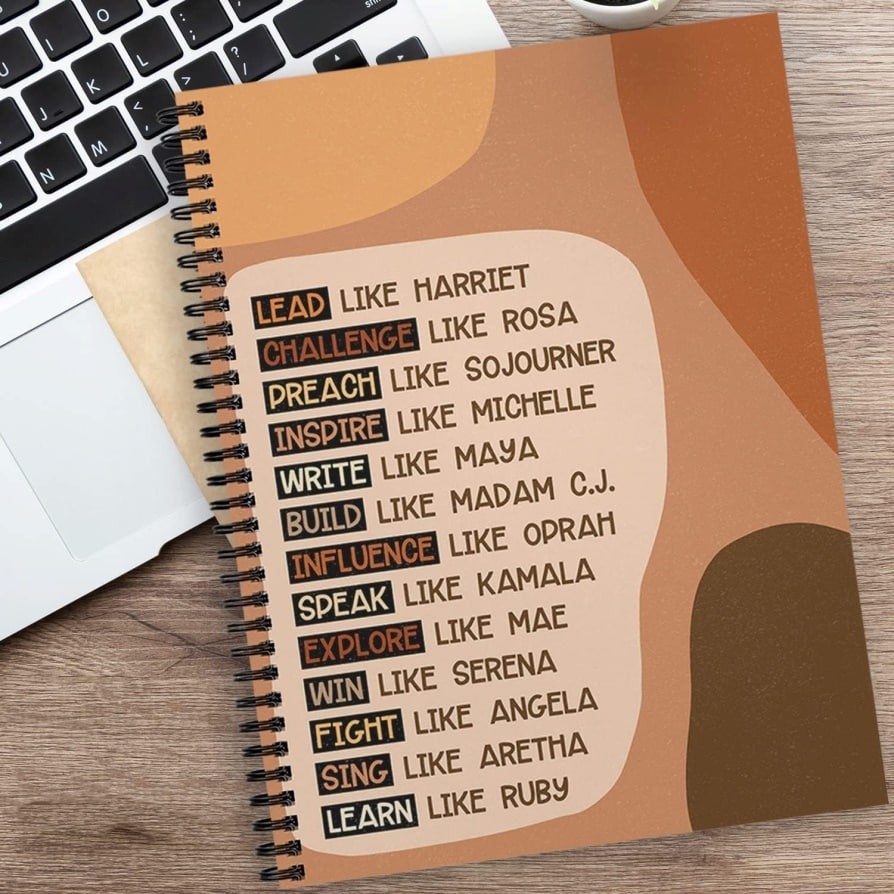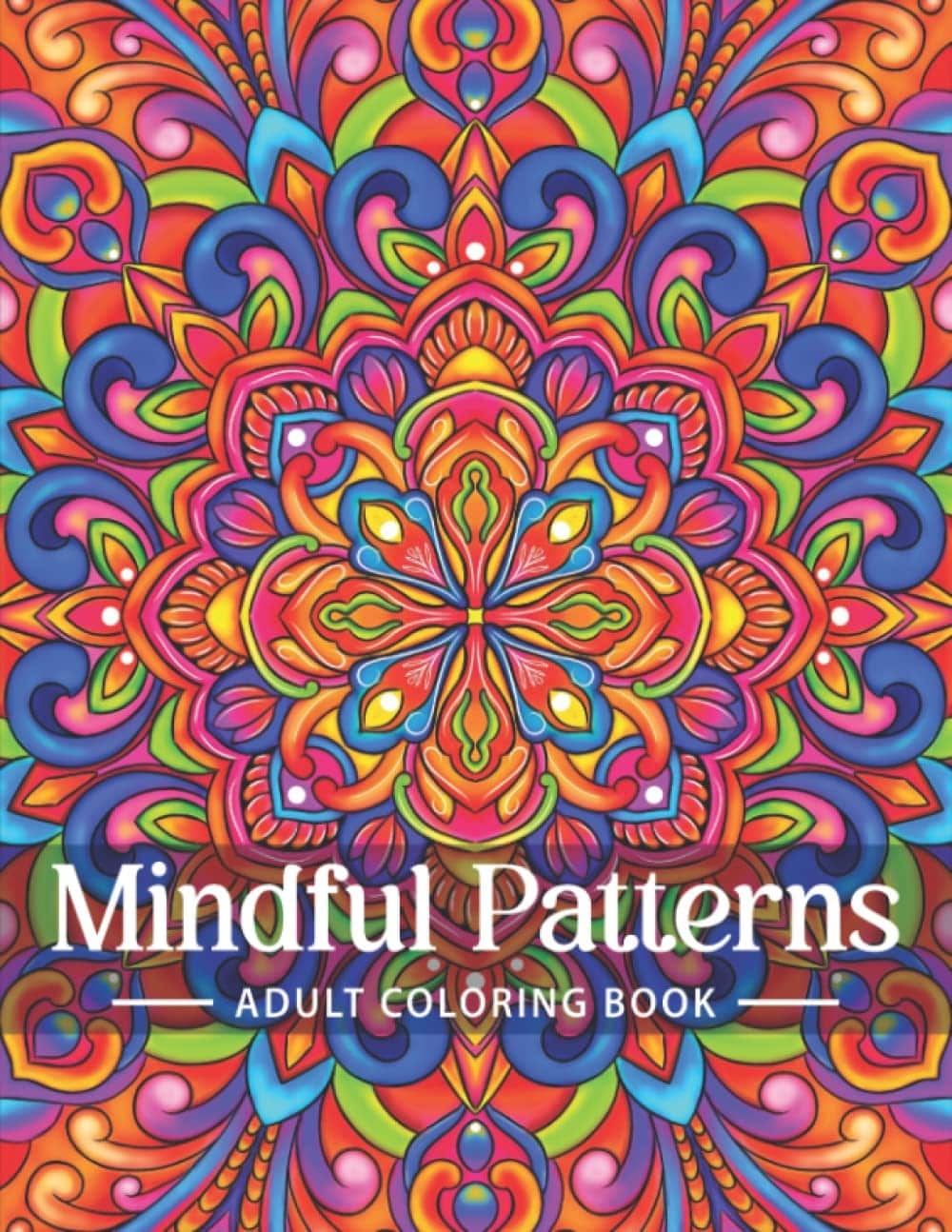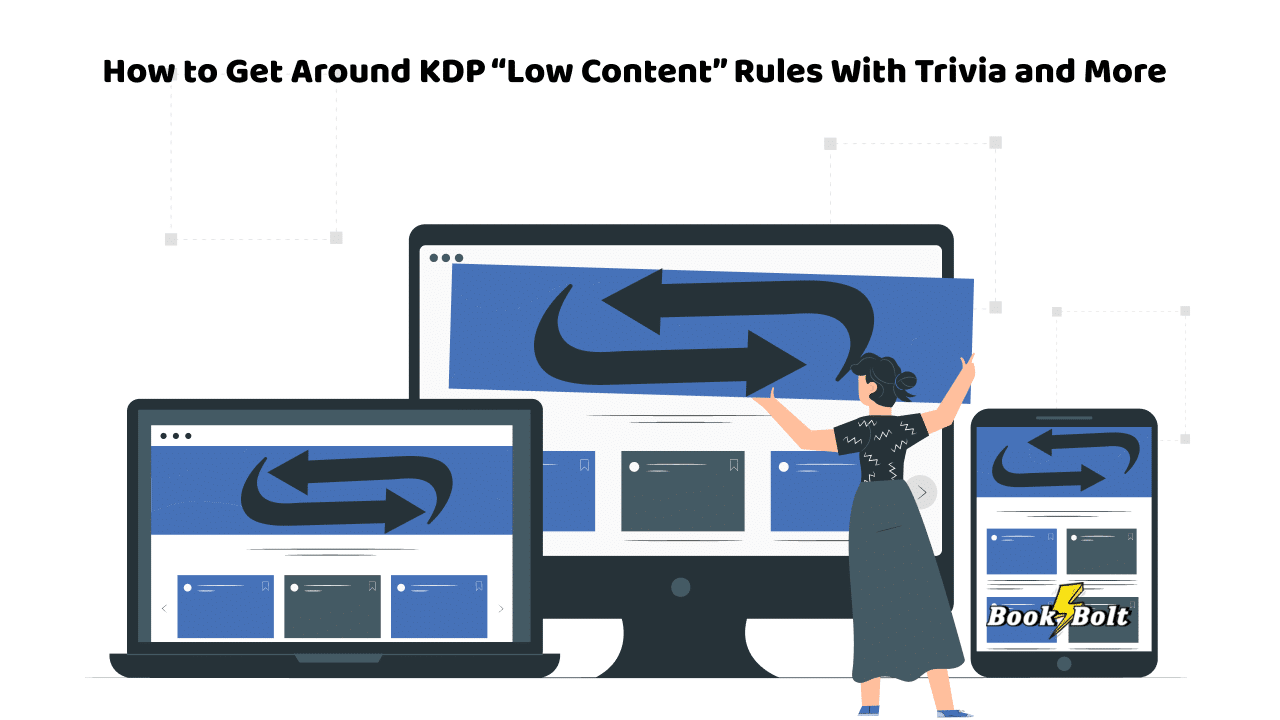
When planning on what you will be offering in your online book store, or if you already have such a thing and are looking to increase offerings and sales, a quite attractive option has been to offer low to no content books. These are usually items like diaries or notebooks that come in a nicely designed package but are intended for the end user to add the content themselves. And while this seems like a nice thing to offer (and it is), somewhat recent revisions and modifications to Amazon KDP’s rules have a significant impact on the publishing of books with minimal material. In fact, the issue became so heated amongst producers that Amazon had to more clearly define what they considered falling into this group.
Essentially, they state that the pages of a low-content book contain little to no actual information. These forms are typically repetitive and require the user’s input. Notebooks, planners, journals, and similar works are common instances of this type of writing. But what is interesting (and here is the important part) is that coloring books and activity books with puzzles don’t count because they don’t have the same thing on every page.
CHANGES HAVE COME TO THE “LOW-NO-CONTENT” WORLD
What it comes down to is that when Amazon initially set up guidelines for the sale of privately-created paperback items, they never expected people to launch this heavily into the low to no content arena. It was a means to self-publish content, not to self-publish no content. But now that they’ve clearly defined what these can be, there are workarounds. Just keep in mind that the rules they’ve set to monitor these transaction are restrictive and they’ve already started enforcing them. They claim it’s to weed out fake content and “spam”, and that might be partially true. So, what changed?
THE END OF FREE ISBNS
First, Amazon will no longer provide free ISBNs for books. That’s right, free KDP ISBNs can no longer be obtained for books with minimal content. If you’re writing a book with minimal material, you have the option of purchasing and assigning your own ISBN or going without one altogether. They have also created new classifications for lo to no books (LCB’s). When you first start out, you need to put your item into one of these classifications or Amazon will reject it outright. Also, Amazon will still affix a barcode to the bottom right of your book’s back cover. You can use your own ISBN to publish, but a barcode will be generated regardless.
WE HAVE SOLUTIONS!
So what do we do? Well, Amazon already told us. Items like coloring books and activity books are not a part of this (for now). But what kinds of things do we make low content workbooks about? Well, your own imagination is the limit on this, but let’s look at a few ideas that you can use or build from.
Maybe you cannot draw mazes and do pictures and such. That’s OK, because companies like BookBolt offer templates for these types of things. Make an account with them and see what they have to offer in terms of helping you make all your low-content offerings. But what if that’s not what you’re into either? Well, you’re still good, because we can turn entire projects into books containing text-based ideas!
A wonderful method to add value to your no to low content tome is to turn it into a fun and interesting activity book by including trivia and significant world events. It can really be anything that isn’t of a controversial nature (you might want to steer clear of controversy). Some examples of interesting facts and current topics could include games naming famous places, like which city in Japan serves as its capital? It could deal in the arts or in sports, something like who is responsible for painting “Starry Night”? How many players are on an American baseball field at one time? Or any combination of these.
You can also go into historical comments, famous dates and such. Not so much as a “fun facts” kind of thing, but actually ask the questions in the pages, give the end user something to interact with. When was the first manned moon landing? What date is Bastille Day, and what is a “bastille”? Or you can do various kinds of historical figures in world-wide history. You can have each page explain something about Dr. Martin Luther King, or Dr. Jonas Salk, or something explaining who Rosa Parks was.
The key thing here to remember is that if you just make no content, you’re going to be in a new subcategory that has higher restrictions and features that you must pay for which used to be free. That cuts into the profitability you’d normally see because such items are not that expensive to start with. It’s still worth it if you can perhaps also offer items that fall under the older rules, and therefore you can add in both worlds without suffering the hit on every new item. There is no reason to complete stop offering LCB’s, every case is different. But you really do need to do a cost analysis to see if the margins you now stand to make are still worth it to you. As they say, your mileage may vary.
And do not forget about coloring books! And also do not forget that they are not just for kids anymore. Adult coloring books are used for everything from physical therapy after an accident or brain incident, to helping those in senior homes and those with Parkinson’s. There is an entire small industry out there creating coloring books for older people and you could stand to make a lot of money in this. (An article about adult coloring books will be coming soon).
Your low-content projects will be more interesting and pleasant to use if you sprinkle in some of these historical events, fun facts, and trivia questions. Make sure your work satisfies the standards set forth by KDP (Kindle Direct Publishing) by checking their latest rules.
